About Chilie Peppers
Chili peppers are capsicums and are in the same family as bell peppers and paprika pods. They range in flavor from rich and sweet to fiery and hot. The important thing for you to remember is to combine the heat of chili peppers with other spices so the finished dish will have a full bodied flavor.
Here is an description of the most commonly used peppers in the world. Many are readily available others are only available by mail order. Here is a listing of some of the most popular chili peppers. The spiciness is rated in scoville units. The bigger the number the hotter the chili. These chilies are available usually dried.
Allepo:
This chili is Turkish in origin and has a ancho like flavor with a little more heat and tartness. Crush and put in a jar and shake on pizza and spaghetti. Allepo is great on grilled meats, steaks and chops. Use in your tuna salad and on your deviled eggs. 10,000 scoville units.
Ancho:
Large, juicy, dark purple Mexican chili pods. These peppers are the most commonly used in Mexico, and are the backbone of dishes such as traditional red chili and tamales. To make a flavorful ancho chili oil; Chop 3 peppers into 1 inch chunks and simmer in 3 cups of corn oil for 20 minutes. Let cool, strain and store in an airtight container. Drizzle over tacos, tamales or other dishes where you want a little zip. 3,000 scoville units.
Cascabel Peppers:
These peppers have a round shape with rich deep flavor, and are pretty spicy. In Mexican cooking they are used from everything from chili, tacos and mole. 11,000 scoville units.
Cayenne pepper:
This chili is usually found in powdered form. It is very spicy.Use judiciously. 40,000 scoville units.
Chili Piquin:
These are small super hot red Mexican chilies. They are also known as birds eye chilies. These chilies are also common to Thailand. Use with caution. These chilies are also used whole in Asian cooking. 140,000 scoville units.
Chipolte Peppers:
Chipolte peppers are smoked jalapeño peppers. They are available either dried in canned in adobo sauce. They are rich smoky and fairly hot. They are wonderful added to chili or red chili sauces. 15,000 scoville units.
Dundicut Peppers:
These chilies are typically used in Indian and Pakistan. They are similar in appearance to Scotch bonnet peppers. these peppers are very hot. Use judiciously. 55,000 to 65,000 scoville units.
Guajillo Peppers:
These peppers are the work horse of the Mexican kitchen. They can be a little spicy but not too hot. They are very rich and smoky. These chillies are readily available in Latin markets and are a good choice for your chili making requirements. The best way to use these peppers is to soak them in boiling water, remove from the heat and let them soak for a hour or so. Remove the stems and seeds and process the skins in a blender or food processor, then run the pulp through a strainer. You will get some beautiful pulp free red sauce that you may adapt for different dishes. 6,000 scoville units.
Tien Tsin Peppers:
These peppers are also traditionally used in Asian cooing and are very hot. You can add whole to soup or any stir fry dish where you want a spicy flavor. They may also be used to make Asian chili oil. Just heat 2 tbs of peanut oil. When very hot add about 10 peppers, fry until brown. (3 to 5 minutes) Remove from heat and add 1/2 cup of peanut oil. Let cool, then place in an air tight jar. If you like really spicy oil leave the peppers in the oil. This oil is great drizzled or mixed with soy sauce to make a hot dipping sauce. Use 1/3 cup soy sauce, 1 tbs of chili oil, 1 clove garlic minced and 1 tsp ginger. Mix well and dip. 60,000 scoville units.
In Mexico alone there are over 100 varieties. The hottest peppers are the Habanero or Scotch bonnet, handle these with care and last but not least is the Indian Ghost pepper. If I were you I wouldn’t even mess with this as its at least 20 times hotter than the habanero. Why do you think they call it Ghost?

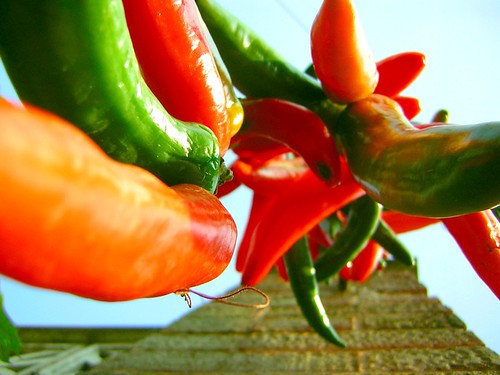

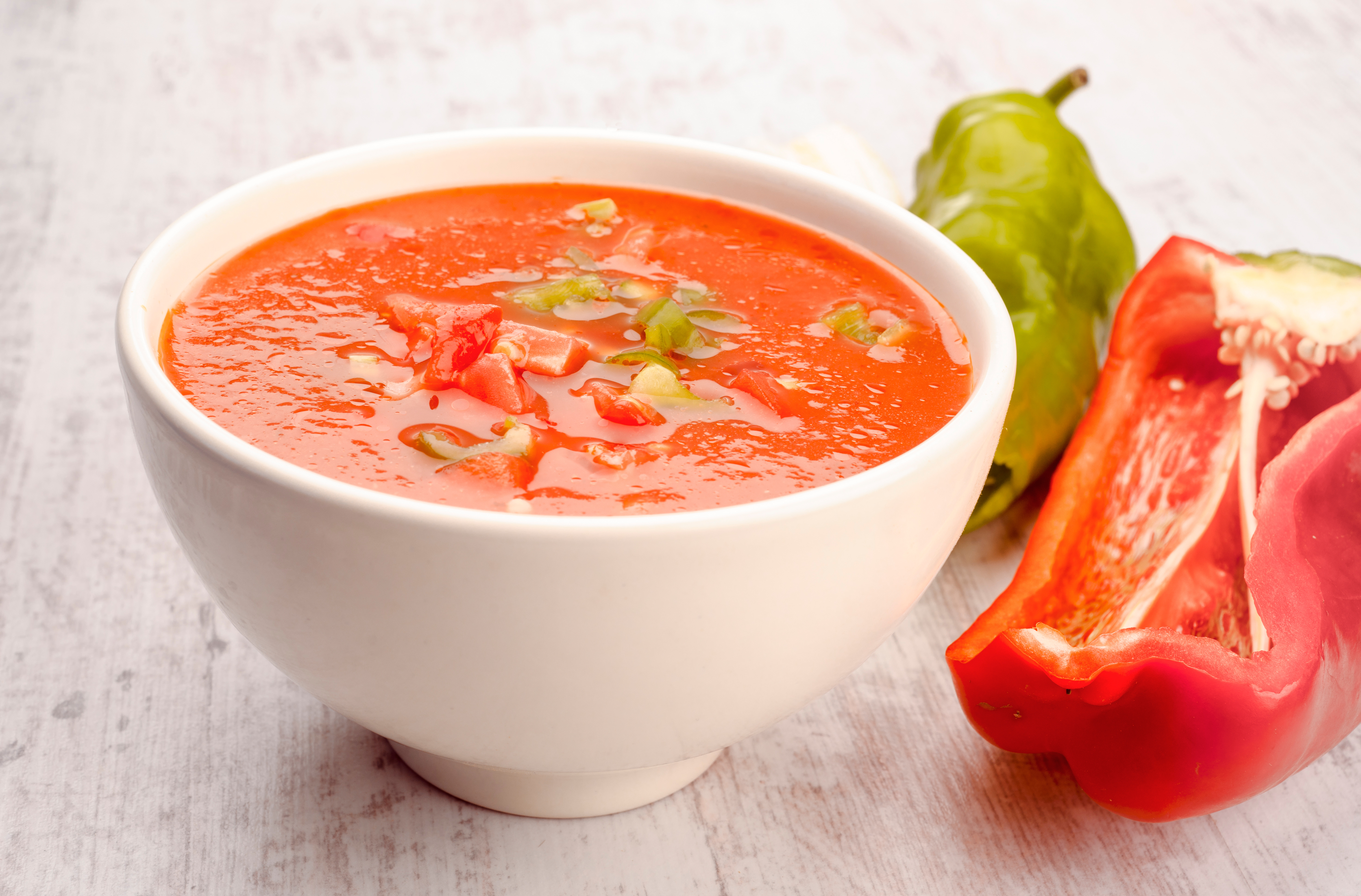
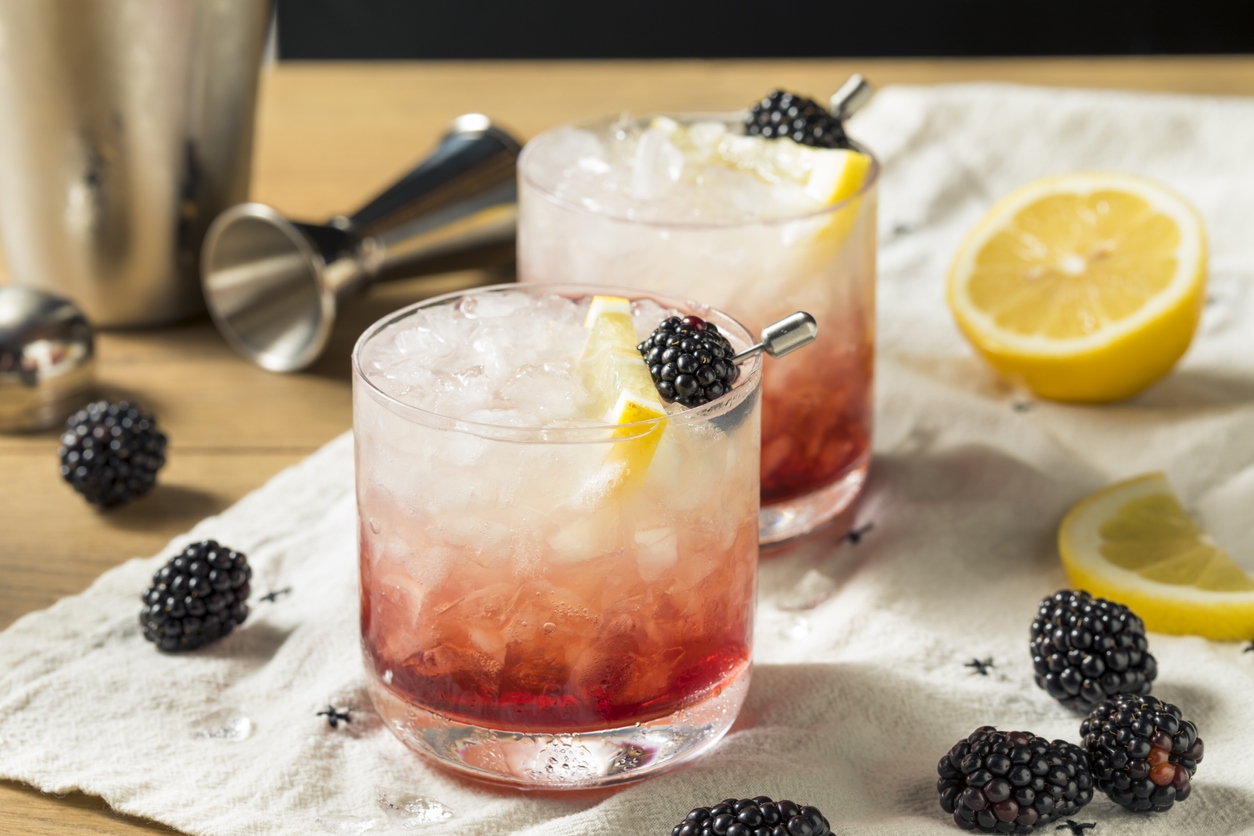
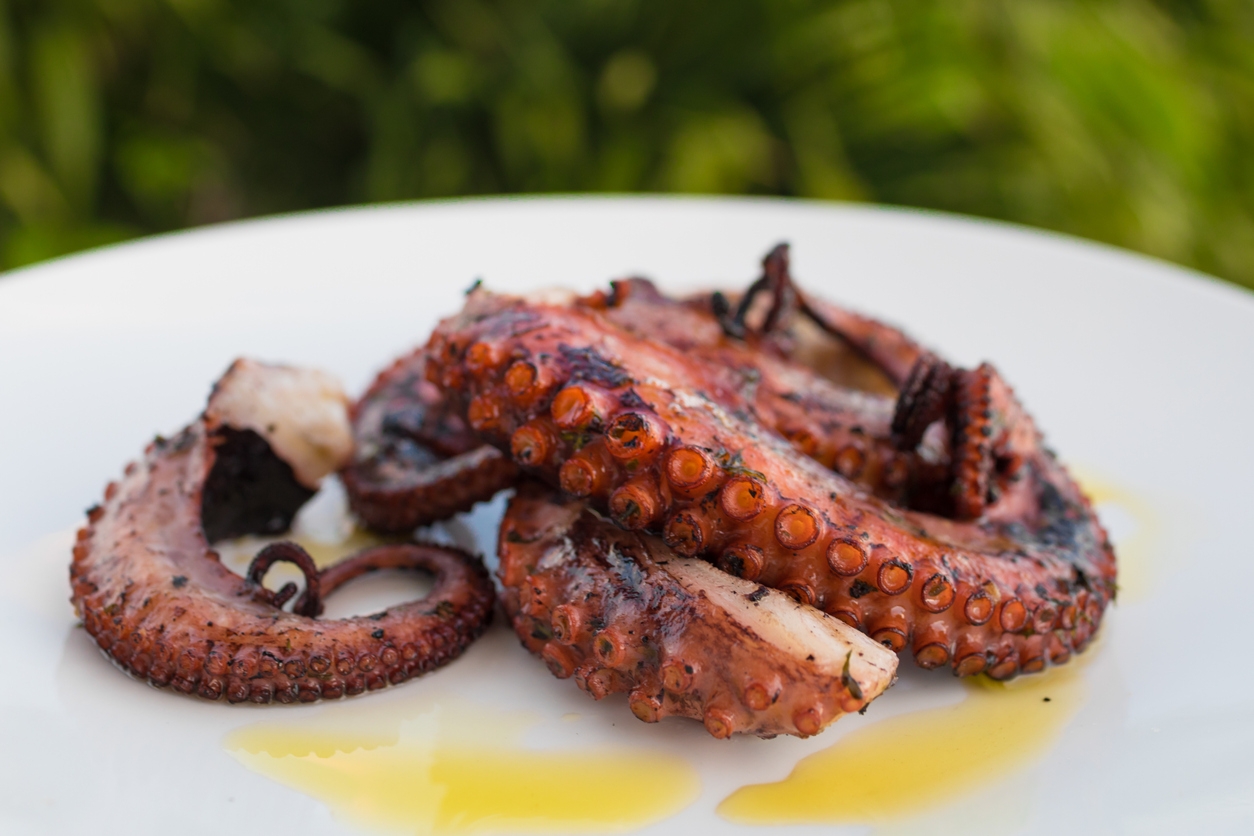
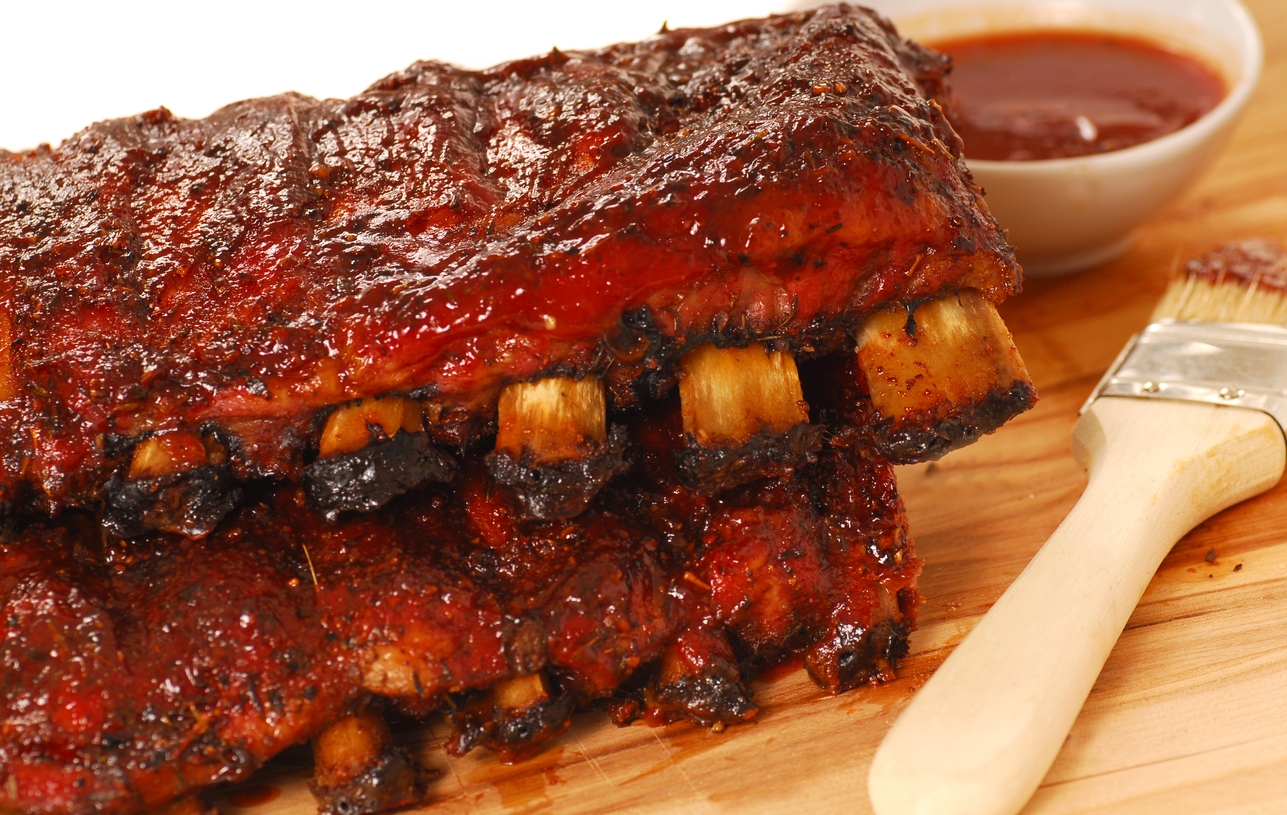
No Comments